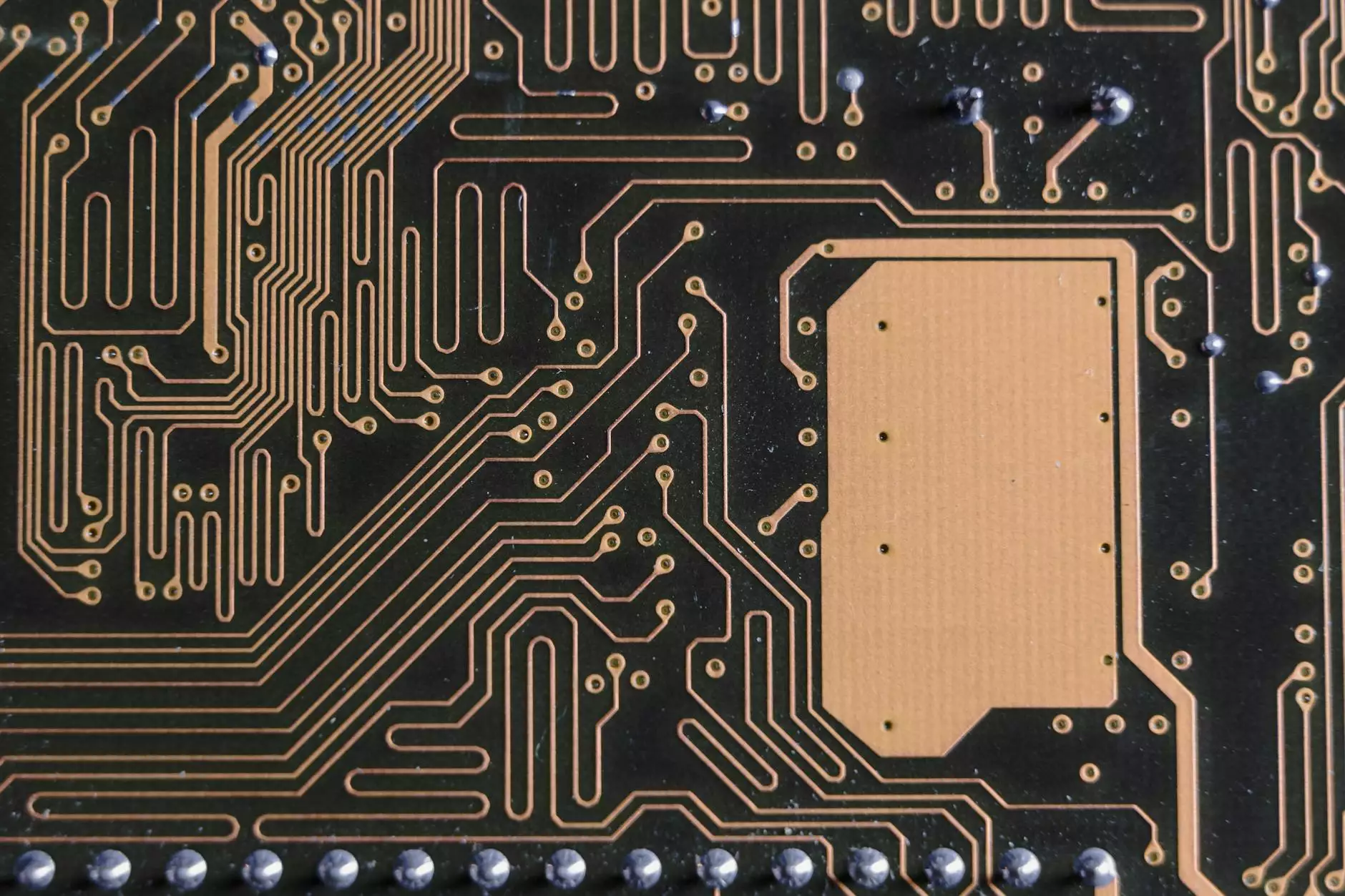Understanding the **Difference Between Nebulizer and Oxygen Concentrator**
In the world of home health care, two devices that play crucial roles in respiratory therapy are nebulizers and oxygen concentrators. Although they may appear similar at first glance, their functions, uses, and mechanisms are quite different. This article will comprehensively explore the difference between nebulizer and oxygen concentrator, offering insights into their unique benefits and when to use each device.
What is a Nebulizer?
A nebulizer is a medical device that converts liquid medication into a fine mist, allowing for easier inhalation. Primarily used for individuals with respiratory conditions such as asthma, chronic obstructive pulmonary disease (COPD), or cystic fibrosis, nebulizers are particularly effective for delivering bronchodilators, steroids, and other medications directly to the lungs.
How Does a Nebulizer Work?
A nebulizer operates using a compressor that pushes air through a liquid medication solution, turning it into a fine mist. Patients typically use this device by placing the medication into a small chamber, attaching a mouthpiece or mask, and inhaling the mist over a period of 5 to 15 minutes. The key steps involved in using a nebulizer include:
- Preparation: Ensure all parts are cleaned and medications are set up correctly.
- Inhalation: Breathe in the mist steadily through the mouthpiece or mask.
- Completion: Continue until the medication is fully administered, often indicated by a change in sound.
Benefits of Using a Nebulizer
Some advantages of nebulizers include:
- Ease of Use: Simple operation makes it suitable for all ages, including children and the elderly.
- Medication Delivery: Effective for delivering a higher dose of medication directly into the lungs.
- User Comfort: Masks can provide more comfort for those who struggle with inhalation techniques.
What is an Oxygen Concentrator?
An oxygen concentrator is a medical device that extracts oxygen from ambient air and delivers it to the patient in a concentrated form. It is primarily used for individuals requiring supplemental oxygen due to various medical conditions, including COPD, pulmonary fibrosis, and certain heart conditions.
How Does an Oxygen Concentrator Work?
The oxygen concentrator works through a process called PSA (Pressure Swing Adsorption), where it filters nitrogen out of the air and captures oxygen. The main components include:
- Air Intake: Ambient air is drawn into the machine.
- Filtration Process: The air undergoes separation, removing nitrogen and allowing pure oxygen to pass through.
- Delivery System: The concentrated oxygen is then delivered through a nasal cannula or mask.
Benefits of Using an Oxygen Concentrator
Oxygen concentrators come with various benefits:
- Portability: Many models are designed for easy transport, allowing for mobility in daily activities.
- Continuous Supply: They provide a constant supply of concentrated oxygen, important for patients needing long-term therapy.
- Cost-Effective: Unlike oxygen tanks, concentrators do not require refills, reducing long-term costs.
Key Differences Between Nebulizers and Oxygen Concentrators
Understanding the difference between nebulizer and oxygen concentrator is crucial for patients and caregivers alike. Here are the main points of distinction:
Functionality
The primary functionality of each device varies significantly:
- Nebulizer: Delivers medication in aerosol form for alleviating respiratory symptoms.
- Oxygen Concentrator: Provides supplemental oxygen to enhance overall oxygen saturation in the blood.
Usage
When considering when to use each device, it is essential to look at the patient's needs:
- Nebulizer: Ideal for those requiring immediate relief from respiratory distress through medication.
- Oxygen Concentrator: Best for patients needing a stable and continuous oxygen supply.
Device Components
The components and mechanics of the two devices show further differences:
- Nebulizer: Comprises a nebulizing chamber, air compressor, and mouthpiece or mask.
- Oxygen Concentrator: Includes air intake, filtration systems, and a delivery mechanism (cannula or mask).
Indications
Indications for each device highlight their respective therapeutic roles:
- Nebulizer: Used for delivering specific medications such as bronchodilators and anti-inflammatory drugs.
- Oxygen Concentrator: Prescribed for patients with chronic respiratory diseases or hypoxemia requiring enhanced oxygen levels.
Cost and Maintenance
The cost implications and maintenance needs differ:
- Nebulizer: Generally lower initial cost but needs regular cleaning and maintenance for optimum function.
- Oxygen Concentrator: Higher initial purchase or rental cost but is cost-effective over time with no refills required.
When to Use a Nebulizer vs. Oxygen Concentrator
Choosing between using a nebulizer and an oxygen concentrator depends on specific patient needs:
When to Choose a Nebulizer
If a patient is experiencing acute bronchospasm or has received a prescription for inhaled medications, a nebulizer is the appropriate choice. Symptoms that indicate the use of a nebulizer may include:
- Wheezing or shortness of breath.
- Prescription for bronchodilator medication.
- Difficulty in managing symptoms through inhalers.
When to Choose an Oxygen Concentrator
If a patient requires consistent additional oxygen or has a chronic condition leading to oxygen deficiency, an oxygen concentrator is warranted. Indications for an oxygen concentrator might involve:
- Long-term oxygen therapy prescribed for chronic lung diseases.
- SpO2 levels consistently below the recommended thresholds.
- Difficulty in daily functioning due to low oxygen levels.
Conclusion
Understanding the difference between nebulizer and oxygen concentrator is essential for effective treatment of respiratory conditions. While nebulizers are adept at delivering medication for acute respiratory relief, oxygen concentrators are indispensable for providing supplemental oxygen to individuals with long-term respiratory needs. For optimal care, it's crucial for patients and caregivers to consult with healthcare providers to determine the most suitable device for their specific condition.
For more information on respiratory therapy and suitable devices, visit raaroxy.com.








